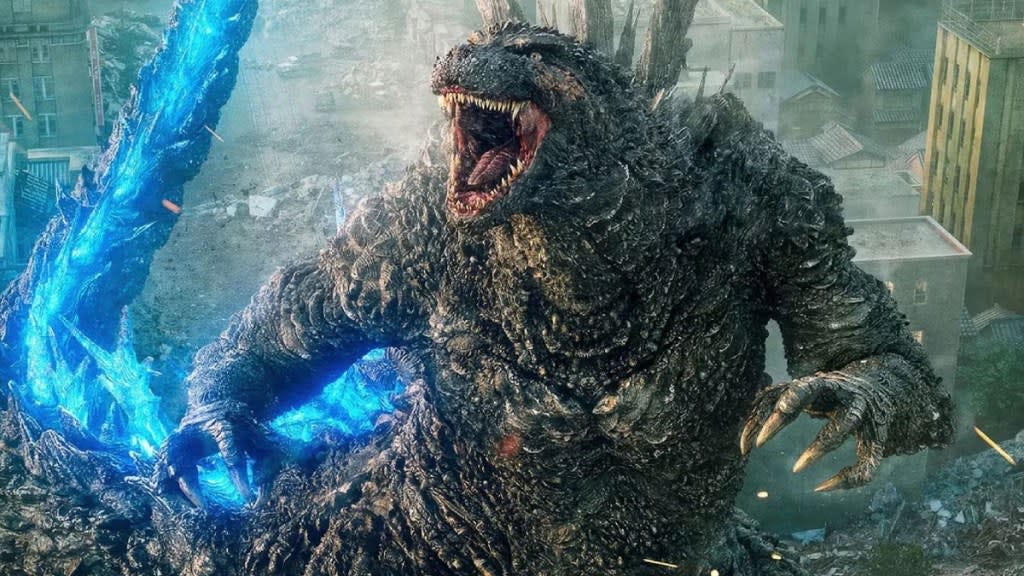Radiation: A Source of Heroes in the U.S. and Monsters in Japan
How two completely different historical experiences continue to shape storytelling and cultural perception, even generations later.
We all love how superheroes originate, some are bitten by radioactive spiders, some are altered by radioactive waste, others by scientific experiments, and some through alien technology. And while it's fun to imagine gaining superpowers through a tragic accident or by being "the chosen one," have we ever stopped to ask: Why do so many superheroes get their powers this way? And why do so many of these heroes come from the United States?
The American Superhero: Power Through Radiation
In American pop culture, radiation often leads to extraordinary abilities. Whether it's Spider-Man, Daredevil, Captain America, or the Hulk, radiation and science experiments are often portrayed as a means to become superhuman.
Why?
Because for a long time, the United States prided itself on being able to harness the power of the atom. The use of nuclear energy and the creation of atomic bombs were seen not just as military power, but as a form of technological and intellectual superiority. In the historical narrative, Americans saw themselves as the "good guys", heroes with the power to save the world.
Japan’s Experience with Radiation: Trauma and Monsters
Now let’s look at Japan the only country to have suffered nuclear bombings in wartime. For them, radiation did not bring power; it brought death and destruction. Scientific experiments, radioactive contamination, and atomic energy weren’t gateways to heroism, they were sources of horror.
Godzilla was born from this fear.
The original Godzilla, created in Japan in 1954, is not a hero. He is a monster, a living embodiment of the atomic bomb dropped on Hiroshima and Nagasaki. He is destruction made flesh. And the Japanese people, who experienced the aftermath firsthand, saw him as exactly that: a force of nature that couldn’t be controlled, only feared.
Godzilla in the West: Protector and Alpha Titan
In the recent Godzilla films by Legendary Entertainment, Godzilla is depicted very differently. Here, he is more of an anti-hero, a benevolent god, almost, who exists to maintain the natural order of the Earth. He avoids harming humans and other creatures when he can, and only acts when the balance of nature is threatened.
We see him fighting other titans: Ghidorah, Rodan, the MUTOs, not out of rage or hunger, but out of duty. He dominates the surface world, but he also allows the world to exist in peace, so long as no one disrupts the natural balance.
Godzilla Minus One: Japan’s Return to the Origin
In Godzilla Minus One, directed by Takashi Yamazaki, we return to the original vision of Godzilla. This version of the monster is not a protector. He is not here to maintain balance. He is pure destruction, a manifestation of post-war trauma and nuclear fear.
The people of Japan do not admire or worship this Godzilla. They fear him. He is the bomb that was dropped on them, the trauma that still lingers in the nation’s memory, even decades later. His presence is not one of hope, but of warning.
Why the Difference?
The key difference lies in perspective.
In the U.S., radiation symbolizes power and transformation.
In Japan, it symbolizes loss and devastation.
Both the American and Japanese portrayals of Godzilla are valid. One does not cancel out the other. Legendary’s Godzilla and Yamazaki’s Godzilla are both excellent representations of the same character—filtered through the lens of two different cultures, shaped by two very different historical experiences.
Final Thoughts: Power vs. Pain
Radiation gave America its heroes.
Radiation gave Japan its monsters.
And that says everything about how the two nations see themselves in relation to the atomic age.





After a very long time!